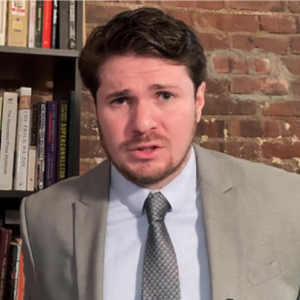In the last few months several local reporters in the U.S. quit their jobs because of what they contended was censorship.
Censorship typically implies that factually sound reporting is being suppressed. Historically, it’s largely been a tool used by authoritarian governments rather than private organizations. Today, with social media players like Facebook and Twitter involved in news distribution there is debate as to whether their choices to bury a story are censorship or a free market decision.
In the recent cases in the U.S., the reporters blamed censorship for what was instead their own poor editorial decision-making. “When editors exercise their editorial judgment about a reporter’s work, it is not a matter of censorship. It is the editors’ role to use their professional expertise and discernment to determine what to publish, broadcast or post,” said Alan Miller, CEO of the News Literacy Project.
So, what is censorship, and when should reporters be concerned that their work is being censored?
Journalists need to ask key questions of themselves before making such a claim. Below are important points to clarify in order to distinguish between censorship and editing.
[Read more: Enhance your news editing skills with these 10 tips]
Is the editor cutting key points when facts and sourcing lines up?
Working with an editor means that sometimes you may have to make cuts to your reporting. Maybe there are factual inconsistencies, or the story could be over word count. These cuts don’t indicate malicious intent. Writers reach for the stars and editors bring them back down to earth.
What publication is your story intended for?
Consider the nature of your reported piece. There are many different publications that cover a variety of beats across different mediums. Just because a story doesn’t work for The New York Times doesn’t mean that The Economist won’t publish it. If you’re pitching a hard news feature to a lifestyle program, that’s probably not the right fit.
“You can’t necessarily say that it is censorship. There could be a lot of other reasons,” Tessa Jolls, president and CEO of the Center for Media Literacy said. “It could even be space. It may seem, to us, like silly reasons. That’s where you get into tricky waters.”
[Read more: Supercharge your Twitter skills with these five tricks]
Can you take the story somewhere else?
At this point everything else lines up, your story fits the editorial standard, aligns with the priorities, sourcing is accurate and the facts are sound. If the editor spikes the story now, that doesn’t yet mean that you are being censored.
The best thing to do is check your contract. Do you have the contractual ability to take a story to another outlet, regardless if you are a staff writer or a freelance contributor? If yes, that's not censorship.
Consider, too, the position the editor may be in. If it is a sound story, but the editor fears repercussions and spikes the story, then there is a chance you are being censored by external pressures. However, all of these issues have room for reasonable doubt.
Unless the federal government is directly involved with spiking a story or limiting access, there is room for reasonable doubt about if you are being censored. Like you would when reporting, make sure the facts clearly line up before making such a claim.
“If you’ve done things right as a reporter; you’ve held up the standard and you signed an exclusive agreement with a publisher, and you can’t take it anywhere else and they don’t run it for whatever reason, you’d have to call it rejection unless it was clearly stated that they were dropping the article because they were literally trying to keep information from their readership,” said Jolls. “I don’t see a publication really doing that, a private publication.”
Unfortunately, false claims of censorship perpetuate news literacy issues. They undermine our ability to properly inform viewers, readers and listeners with sound facts and analysis.
(This story was edited by an editor, not censored.)
Photo by Daniel Thomas on Unsplash.


